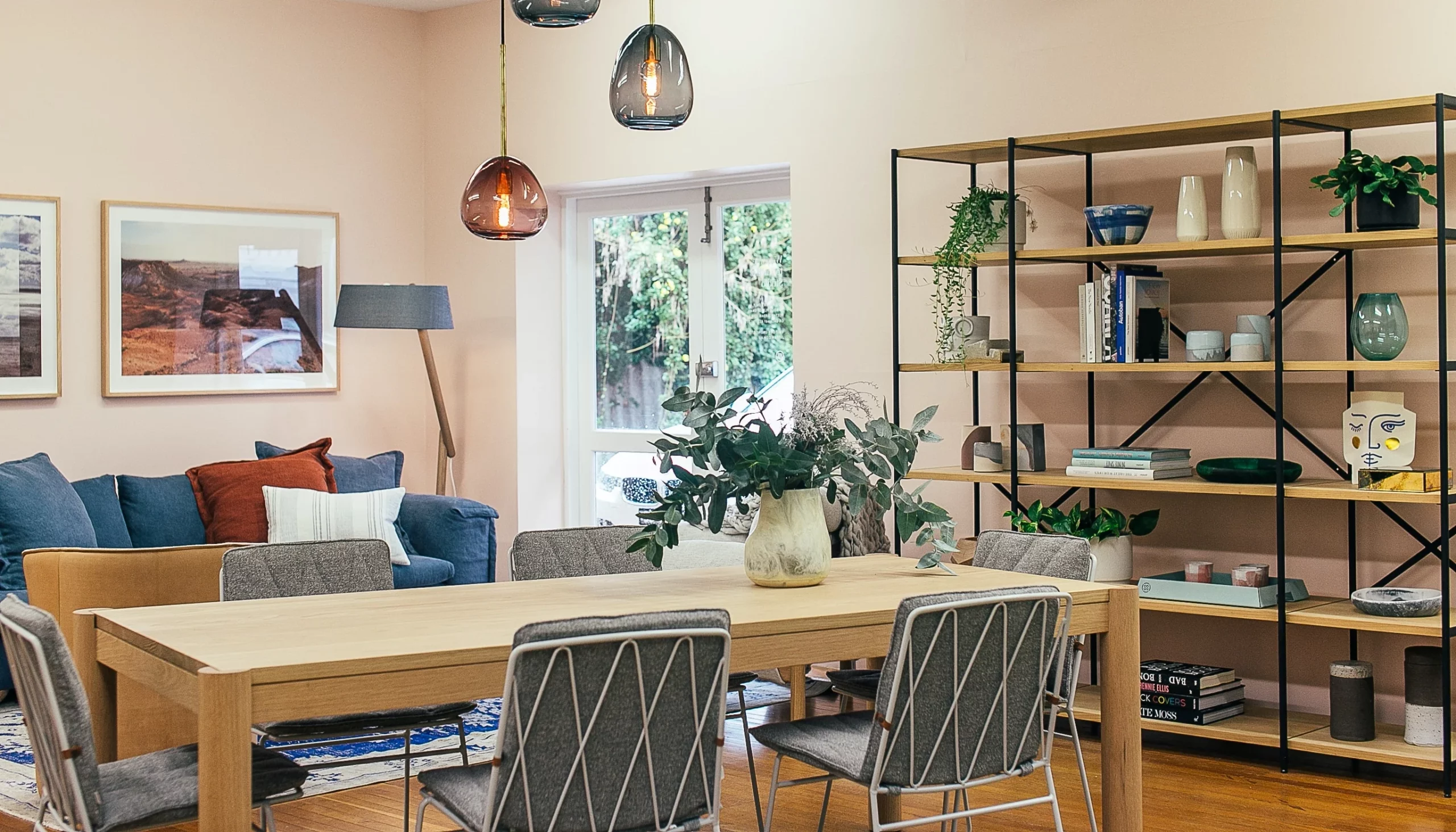The concept of indoor-outdoor architecture has become increasingly popular in recent years, as architects and designers seek to blur the boundaries between the built environment and the natural world. This approach creates a seamless transition from interior spaces to the outdoors, allowing for a greater connection with nature and a more open, airy feel within the built environment.
Exploring the Art of Blurring Boundaries: Indoor-Outdoor Architecture
One of the most striking examples of this trend is the use of floor-to-ceiling glass walls, which effectively erase the barrier between inside and outside. This design feature allows for unobstructed views of the surrounding landscape while also flooding interior spaces with natural light. Additionally, sliding or retractable glass doors can create a sense of continuity between indoor and outdoor living areas, effectively expanding the usable space of a home or building.
Incorporating natural elements such as plants, water features, and natural materials like wood and stone into the design further blurs the line between indoors and outdoors. Courtyards and atriums are another common feature of indoor-outdoor architecture, providing private outdoor spaces within the confines of a building.
From a practical perspective, indoor-outdoor architecture also offers energy efficiency benefits. By maximizing natural light and ventilation, these designs can reduce the need for artificial lighting and heating/cooling, resulting in lower energy costs and a smaller environmental footprint.
Overall, blurring boundaries through indoor-outdoor architecture offers a more immersive and sustainable approach to the built environment. This trend will continue as architects and designers explore new ways to create a harmonious relationship between the natural and built worlds.
Conclusion
The concept of indoor-outdoor architecture represents a shift towards a more holistic and sustainable approach to design. By seamlessly blending interior and exterior spaces, architects and designers can create environments that not only connect us with nature but also promote energy efficiency and overall well-being.
As this trend continues to evolve, we can expect to see even more innovative solutions that prioritize the relationship between humans and their surroundings. Ultimately, indoor-outdoor architecture offers a unique and transformative way of experiencing the built environment, one that celebrates the beauty of nature while also embracing modern design principles. It is a trend that is sure to shape the future of architecture and home design for years to come.
